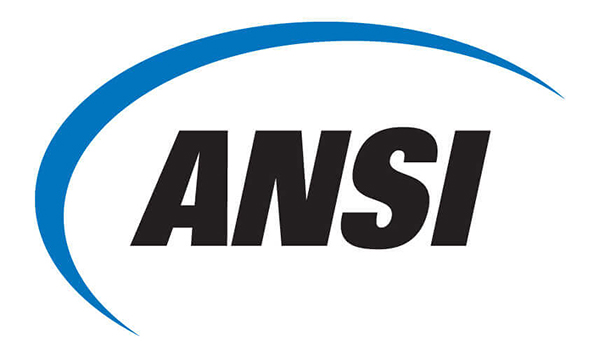Safety of machinery — Safety-related parts of control systems — Part 2: Validation
ISO 13849-2:2012 specifies the procedures and conditions to be followed for the validation by analysis and testing of the specified safety functions, the category achieved, and the performance level achieved by the safety-related parts of a control system (SRP/CS) designed in accordance with ISO 13849-1.

ISO 13849-2:2012
https://www.iso.org/standard/53640.html

